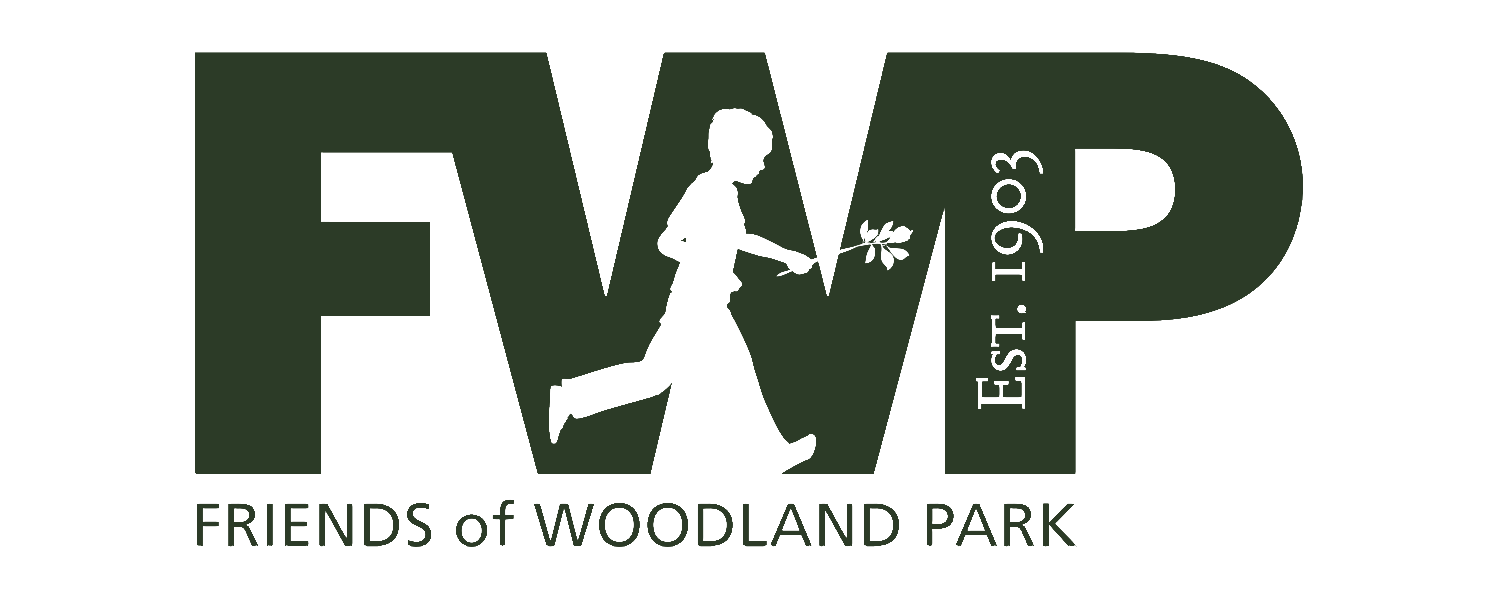Yellow-rumped Warbler
Four closely related North American bird forms—the eastern Myrtle Warbler (ssp coronata), its western counterpart, Audubon's Warbler (ssp group auduboni), the northwest Mexican Black-fronted Warbler (ssp nigrifrons), and the Guatemalan Goldman's Warbler (ssp goldmani)—are periodically lumped as the Yellow-rumped Warbler (Setophaga coronata).
This is a mid-sized New World warbler, though it is one of the largest species in the Setophaga genus (formerly Dendroica) which comprises a lion's share of the species in the family. In total length, the species can range from 12 to 15 cm (4.7 to 5.9 in) long, with a wingspan of 19 to 24 cm (7.5 to 9.4 in). Body mass can vary from 9.9 to 17.7 g (0.35 to 0.62 oz), though averages between 11 and 14 g (0.39 and 0.49 oz). Among standard measurements, the wing chord is 6.3 to 8.4 cm (2.5 to 3.3 in), the tail is 5 to 6.6 cm (2.0 to 2.6 in), the bill is 0.8 to 1.1 cm (0.31 to 0.43 in) and the tarsus is 1.8 to 2.2 cm (0.71 to 0.87 in).[4] In summers, males of both forms have streaked backs of black on slate blue, white wing patches, a streaked breast, and conspicuous yellow patches on the crown, flank, and rump. Audubon's Warbler also sports a yellow throat patch, while the Myrtle Warbler has a white throat and eye stripe, and a contrasting black cheek patch. Females of both forms are more dull, with brown streaking front and back, but still have noticeable yellow rumps. Goldman's Warbler, of Guatemala, resembles Audubon's but has a white lower border to the yellow throat and otherwise darker plumage; males replace the slate blue of Audubon's with black.



